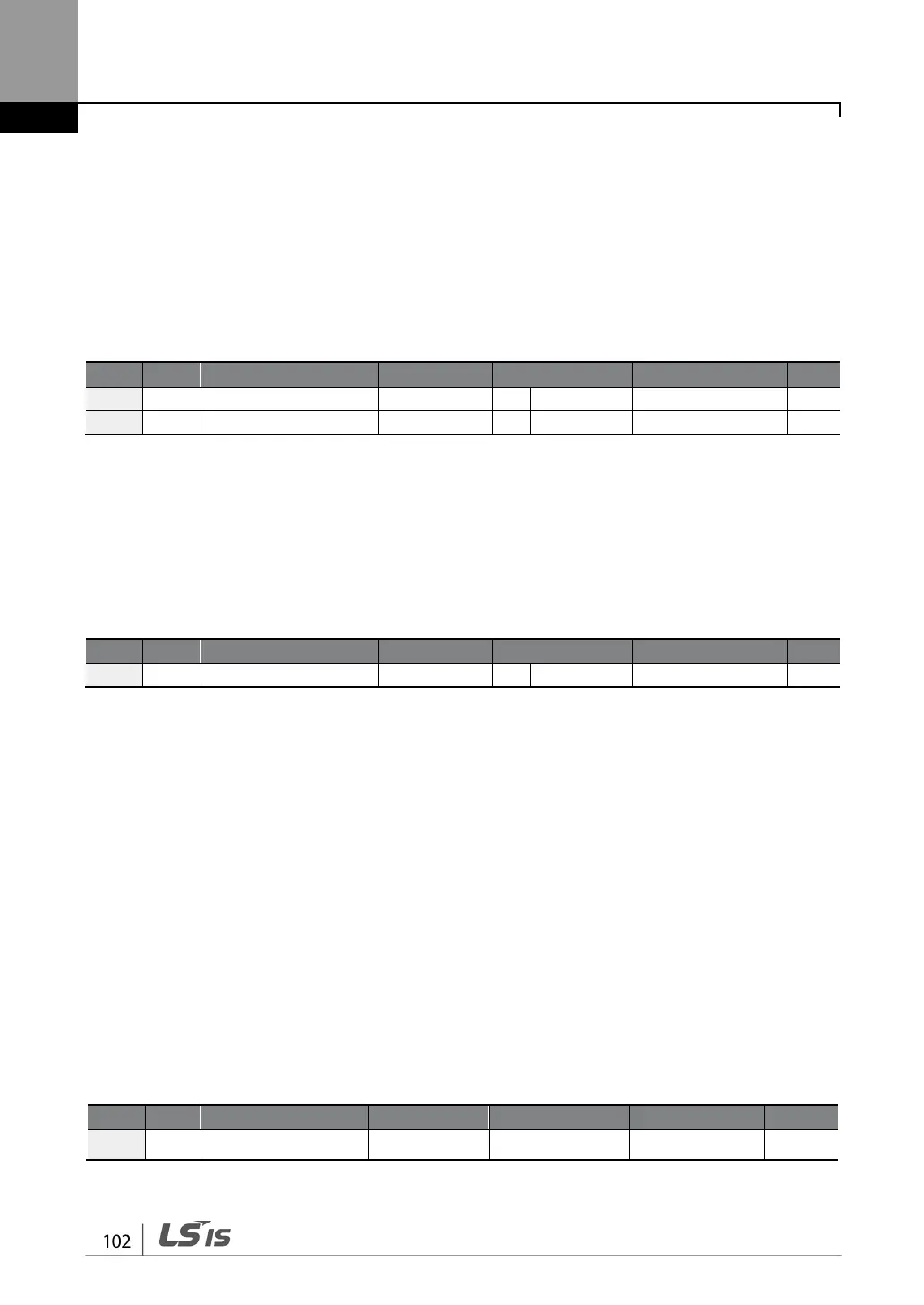4.14.2 Auto Torque Boost-1
Auto torque boost enables the inverter to automatically calculate the amount of output voltage
required for torque boost based on the entered motor parameters. Because auto torque boost
requires motor-related parameters such as stator resistance, inductance, and no-load current, auto
tuning (BAS-20) has to be performed before auto torque boost can be configured. Similarly to
manual torque boost, configure auto torque boost while running a load that requires high starting
torque, such as lift-type loads.
4.14.3 Auto Torque Boost-2
In V/F operation, this adjusts the output voltage if operation is unavailable due to a low output
voltage. It is used when operation is unavailable, due to a lack of starting torque, by providing a
voltage boost to the output voltage via the torque current.
4.15 Output Voltage Setting
Output voltage settings are required when a motor’s rated voltage differs from the input voltage
to the inverter. Set BAS-15 to configure the motor’s rated operating voltage. The set voltage
becomes the output voltage of the inverter’s base frequency. When the inverter operates above
the base frequency, and when the motor’s voltage rating is lower than the input voltage at the
inverter, the inverter adjusts the voltage and supplies the motor with the voltage set at BAS-15
(motor rated voltage). If the motor’s rated voltage is higher than the input voltage at the inverter,
the inverter will supply the inverter input voltage to the motor.
If BAS-15 (motor rated voltage) is set to 0, the inverter corrects the output voltage based on the
input voltage in the stopped condition. If the frequency is higher than the base frequency, when
the input voltage is lower than the parameter setting, the input voltage will be the inverter output
voltage.
BAS 15 Motor rated voltage Rated Volt 0
0, 170–480
V

